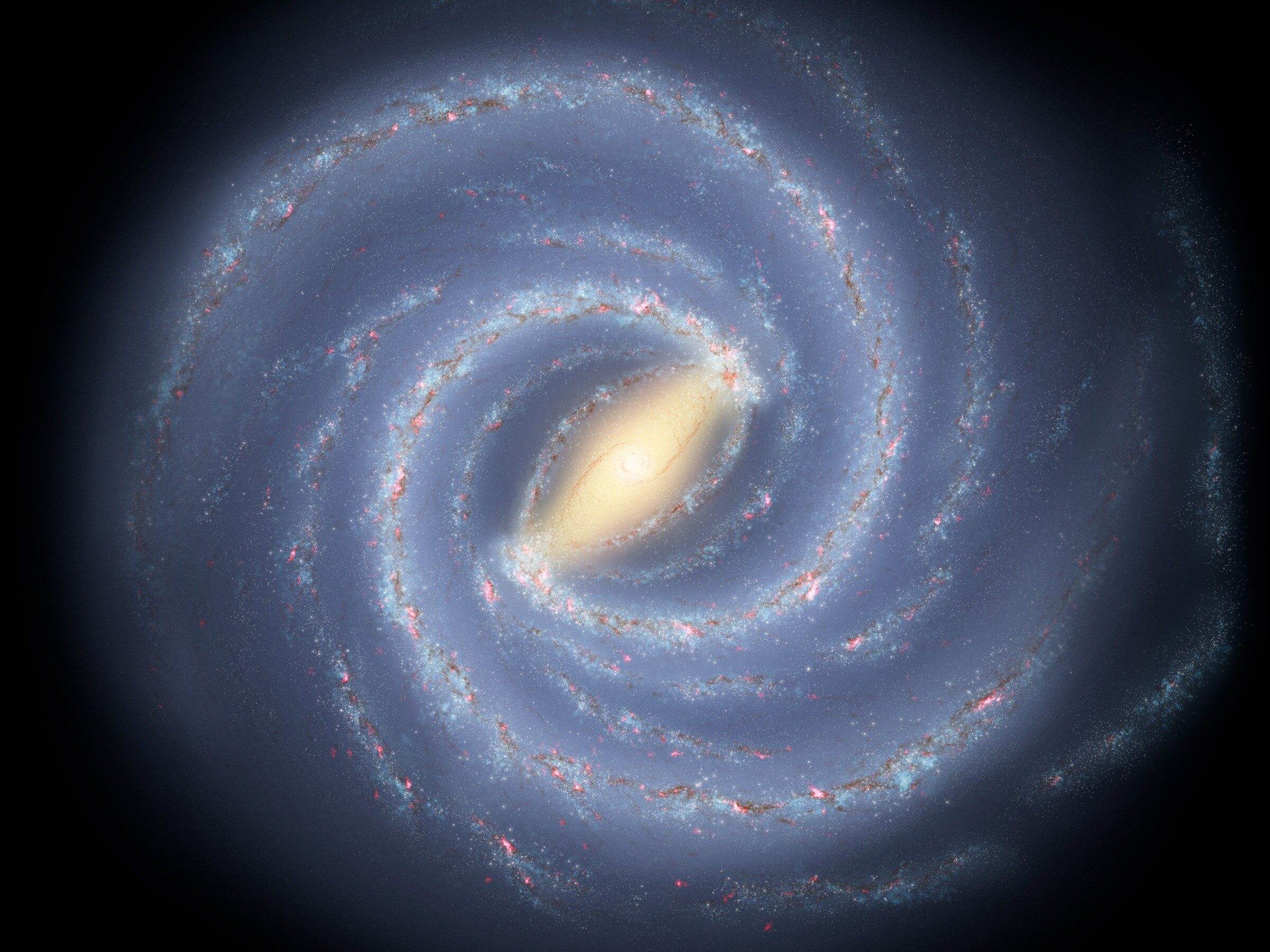How much does the Milky Way weigh? Our galaxy is lighter than we thought

Scientists have been struggling for years to answer the question of how much the Milky Way weighs. The enormous mass of our galaxy is quite difficult to determine, but researchers obtained new data and made accurate calculations. The results are surprising.
How much does the Milky Way weigh? The question a child might ask is phenomenally difficult to unravel. It’s as if a single cell in our body wanted to know how heavy the whole person is. Yet scientists keep trying and have some successes.
How heavy are stars? This is how scientists weigh galaxies
Weighing bodies in space is not easy. All scales on Earth rely on our planet’s gravity and are, of course, microscopic compared to the vastness of the Universe.
Mass on this scale is determined in a special way – based on the galaxy’s rotation curve. The method requires knowledge of certain data – the speed of the stars creating the formation and their distance from the center of a given galaxy. The orbital speed is proportional to the mass in a given orbit, so using the rotation curve you can map subsequent objects to estimate the total weight of the galaxy with surprisingly high accuracy.
In this way, researchers have already discovered the importance of, for example, Andromeda. Astronomers also know the weights of many other formations of this type. However, the Milky Way is a big problem for us… because we are part of it. In previous cases, we observed galaxies much distant from us, which allowed for very accurate tracking of individual stars. In the case of our home galaxy, however, we are too close and have to deal with various disturbances.
How much does the Milky Way weigh?
Particularly problematic is, among others, accumulation of dust and gases in the center of the Milky Way. Due to this “fog” we cannot see how many stars there are in parts of the galaxy more distant from us. So scientists decided to change their approach. They gave up direct observation and used neutral hydrogen in their measurements, which emits weak light with a wavelength of about 21 centimeters. This is a less accurate method, but the best available.
The latest estimates use a third dataset compiled by ESA’s Gaia space observatory. The statistics collected are impressive – the positions of over 1.8 billion stars and the moving speeds of 1.5 billion of them.
So how much does the Milky Way weigh? The most accurate estimate is a mass equivalent to 200 billion Suns. This result is surprising because it is only one fifth of scientists’ previous estimates. As it turns out, our galaxy is probably much lighter than we thought.
Moreover, scientists also calculated the absolute limit of the mass of the Milky Way. This is 540 billion solar masses. This, in turn, is only half of the previously obtained results. According to scientists, this may indicate that there is significantly less dark matter in our galaxy.






